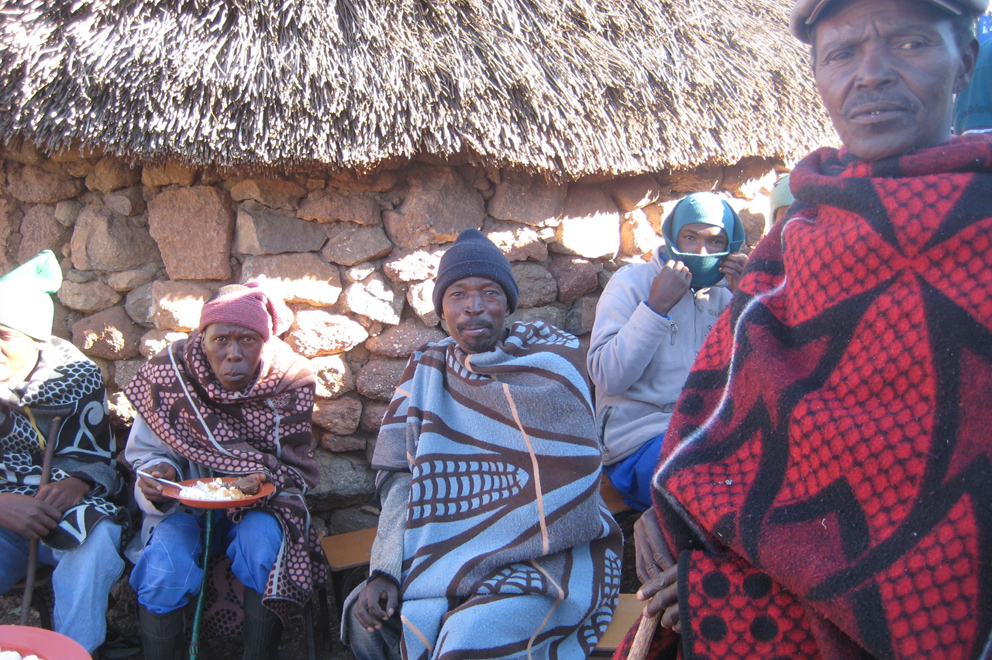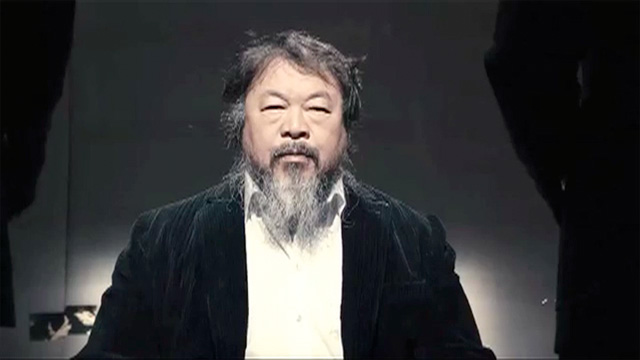Laurel
Kitty Mama
- Joined
- Aug 27, 1999
- Posts
- 20,678
A Northwestern grad student's refusal to sing a song with words by Walt Whitman, who was a racist -- and why the student is wrong.

...
That isn't to say that everyone must appreciate Whitman, or any larger than life figure from the past. It is to say that 25-year-olds like McNair, along with 33-year-olds like myself, would be wise to stay open to the possibility that inhabiting the art of someone whose aesthetics or personal moral beliefs we find abhorrent might nevertheless end in our gleaning something valuable from the experience. The opportunity to learn in that way won't survive, for most students, in a world where rejecting bigotry is thought to require rejecting everything produced by every dead bigot. Let's reject that standard, and the attendant fantasy that it's possible to shun the part of our cultural inheritance contributed by people who held ugly ideas. To really confront the horrific scale of bigotry, and American racism in particular, is to know that is impossible. Too much would have to be shunned. The timber of humanity is too crooked. We'd have nothing left.

...
That isn't to say that everyone must appreciate Whitman, or any larger than life figure from the past. It is to say that 25-year-olds like McNair, along with 33-year-olds like myself, would be wise to stay open to the possibility that inhabiting the art of someone whose aesthetics or personal moral beliefs we find abhorrent might nevertheless end in our gleaning something valuable from the experience. The opportunity to learn in that way won't survive, for most students, in a world where rejecting bigotry is thought to require rejecting everything produced by every dead bigot. Let's reject that standard, and the attendant fantasy that it's possible to shun the part of our cultural inheritance contributed by people who held ugly ideas. To really confront the horrific scale of bigotry, and American racism in particular, is to know that is impossible. Too much would have to be shunned. The timber of humanity is too crooked. We'd have nothing left.
- read the full article History Is Beautiful Things Made by People With Ugly Ideas (from The Atlantic)














